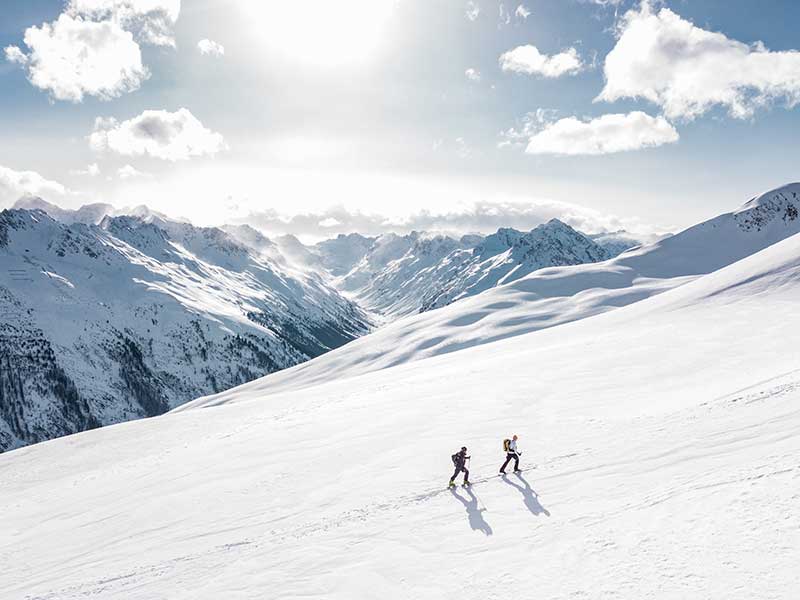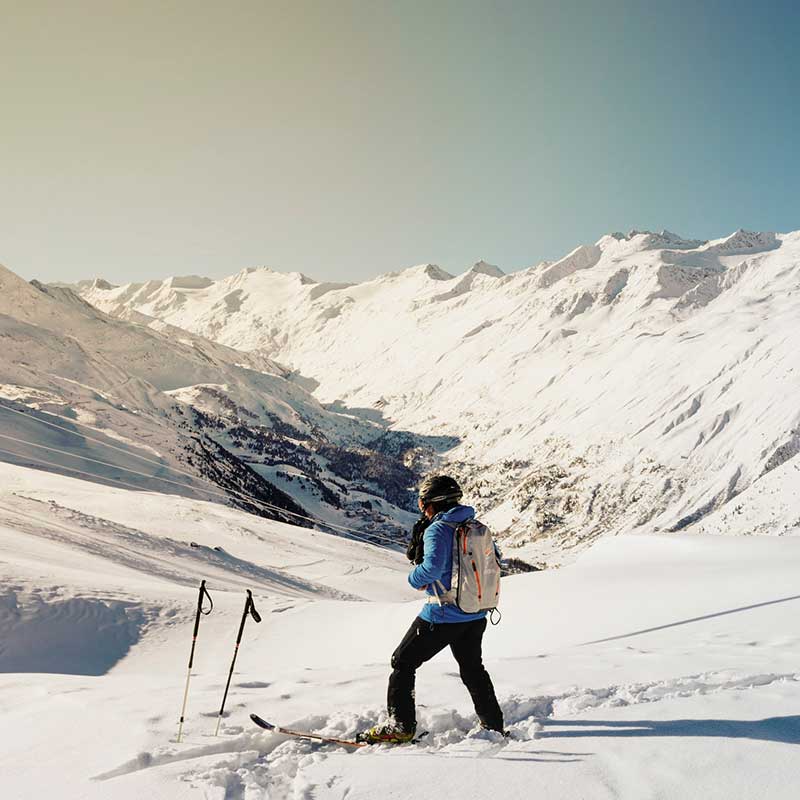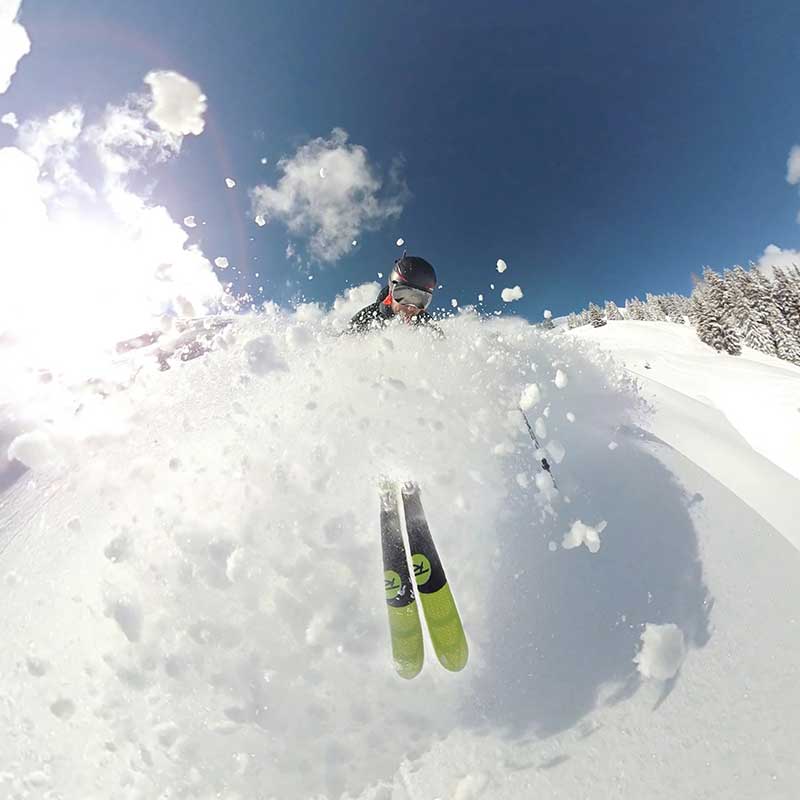How to choose ski touring boards

Nowadays, skiing materials and equipment are becoming more and more sophisticated and specialised. The specialisation has reached such an extent that you can't go shopping without getting information first. In addition, the variety of brands, models and ranges has also expanded greatly. It's your lucky day, because you have stumbled across a simple guide that will make it much easier to find the right ski equipment for you. choosing your new ski touring boards. In the following, various factors that have a significant influence on the purchase of cross-country skis will be specified.
Factors to take into account
Weight and performance
The ski touring boards that you are going to buy should find the balance between weight and performance. In ski touring, skis are used both for ascending and descending, so some characteristics are consequently opposite. If we want boards with good performance for descents, with a considerable length and width, the boards will also gain in weight so that walking with them and carrying them will be heavier and more uncomfortable. If, on the other hand, we buy ultralight skis that are almost unnoticeable, we will lose performance on descents. The best brands have realised that these limitations exist, so they have chosen to make use of two strategies to reduce the limitations:
- The use of carbon fibre and ultralight woods in the manufacture of the boards. Nowadays, there are boards for all types of activities that are made of these ultra-light materials. Thus, skis will be very light whatever their dimensions, and will not lose performance for descents.
- Option to manufacture smaller than average ski boards. This strategy is used in order to improve mainly the performance of ski ascents. Shorter and narrower skis are lighter to carry, and are also more manoeuvrable. In addition, because they are narrower, the sealskin will have less friction with the snow and the steps in the most difficult places will be easier.

Type of skiing we do
Before buying new skis, you should stop and think about the activity you are doing or will be doing. We all want to have the same boards as our idols, but wearing them won't turn us into them. Be aware of yourself, know your limits, and then you will be able to choose the most suitable skis.
The skis are divided into three categories according to the activity to be carried out:
Ultralight and competition boards
These are the skis that are mainly aimed at professionals, experts and natural competitors. The main characteristic that distinguishes them is that their dimensions are reduced as much as possible, so that the weight can be reduced.. As a result, less fatigue accumulates on climbs whether you wear them or carry them on your back. They are also a good choice for climbers who want to approach with their skis, and then carry them on their back. The price of this type of boards is quite high, and it is surprising because their durability is relatively low. They are very thin skis, not very sturdy, and tend to wear out quite easily. If you are looking for something cheap and durable, move on to the next point.
Multi-purpose boards
If you want to have a pair of skis for all activities, you will find them here. The skis you can find in this category are true to their name. It is a category to look for, in case you are a ski enthusiast without being obsessed with competition. Among the multi-purpose boards you will be able to find skis that can be used to walk around the ski slopes, to spend a day in ski resorts, to go off-piste to look for new slopes... If you are a ski enthusiast in general, regardless of the specific modality, you will find the most suitable pair in this category. In addition, the versatility also translates into price variety. There are many ranges and models to suit all budgets.

Freeride or freetouring boards
If you live near the place where you live, there is a lot of powder snow During the winter season, if you want to enjoy the untouched snow, these boards are your choice. They require some experience, as their length and width make them less manoeuvrable on ascents. Also, being more robust, they increase in weight. However, what you suffer on the way up, you will enjoy on the way down.
Technical level
Once you know what categories the skis are divided into, think again about your skills and technical abilities. Keep in mind that for ski touring you need to be prepared to ski on all types of snow. In case you are physically quite limited, opt for light skis, so that you don't accumulate too much fatigue. However, if you feel that descents are your weak point, opt for longer and wider skis, as this will increase your stability and safety on the descents.
Size
Once you have filtered the skis that best suit your characteristics and those of the activity you are going to do, choosing the dimensions or size of the skis is easy. The difference in centimetres between the different skis in the same category is small. Therefore, remember: the shorter, narrower skis are lightweight and make them easier to lift and carry. In contrast, the longer skis will be heavier, more difficult to manoeuvre uphill, but you will gain in stability and safety on descents.
Compatibility with other equipment
Try to find a harmony between all the equipment you have. If you have race boots and bindings, don't choose sturdy and relatively heavy boards, as they will be incompatible. Nor does it make sense to have "heavy" bindings and to push the weight of the skis to the maximum.
Don't miss any adventure in the Pyrenees!
